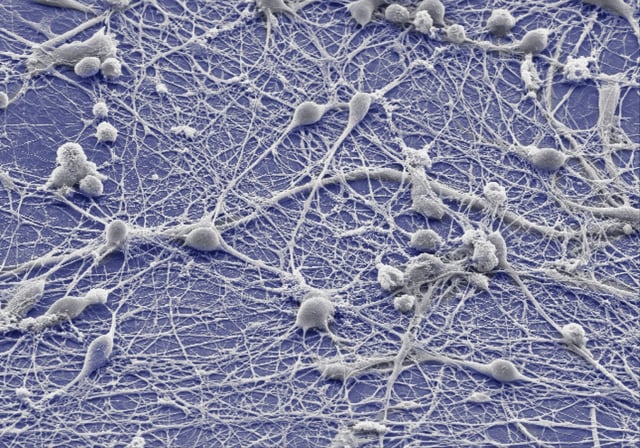Overview
- UC San Diego researchers unveiled Graphene‑Mediated Optical Stimulation in Nature Communications.
- The graphene interface converted light to gentle electrical cues that activated nearly 70% of hiPSC‑derived neurons without genetic modification.
- Scheduled stimulation accelerated functional maturation in 3D organoids, strengthening connectivity and synchrony, with RNA‑seq showing upregulation of neuronal development and synaptic genes.
- Alzheimer’s patient‑derived organoids displayed distinct network responses under the regimen, and assays reported biocompatibility with no overt toxicity or structural damage over weeks.
- A graphene‑interfaced organoid completed a closed sensory‑motor loop with a robot that changed course in under 50 milliseconds, demonstrating an early neuro‑biohybrid link.

